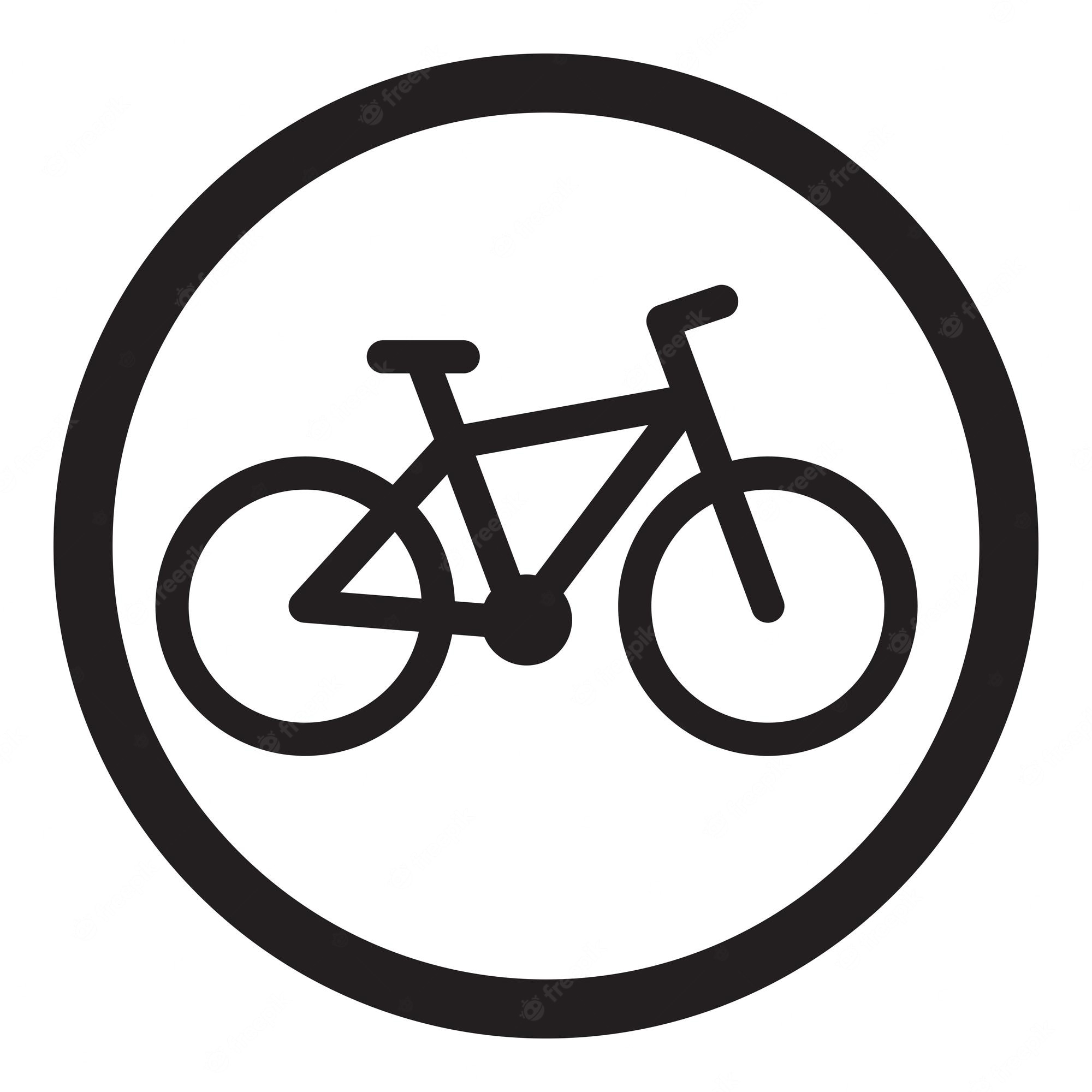The only outfit associated with a significant change in mean passing proximities was the **police/video-recording jacket. **
Notably, whilst some outfits seemed to discourage motorists from passing within 1 metre of the rider, approximately 1-2% of overtakes came within 50 cm no matter what outfit was worn. This suggests there is little riders can do, by altering their appearance, to prevent the very closest overtakes
This is quite discouraging, but it seems to ring true in my experience. I’ve had quite a few drivers, who have come close to hitting me (even while walking at a crosswalk), claim that they “didn’t see me” while I wore high-viz everything and had lights to further improve visibility.
How do we, as cyclists, even deal with “driver blindness”?



Yes, and not just “separate” like a painted line, but a full separation from the road is most ideal.
deleted by creator
I understood what you meant. But I don’t think city planners, or the general public have any idea what’s needed when we say “separated bike lanes”.
In my city, we have a single road with a truly dedicated bike lane, which is “separated” by some physical buffer. But I can’t even begin to tell you how many times cars will cross the PHYSICAL BUFFER to park in the lane, drop people off in the lane, or block the lane for deliveries…
I would rather it be totally separated (by distance) from the road. This would often come in the form of a multiuse path, which I completely understand is not feasible in all areas due to space constraints.
In an ideal world, I see no problem reclaiming space needed for multiuse paths by removing car lanes. 😁
deleted by creator
My favourite in town separation is the series:
My real favourite in town is the roads that keep traffic at cycle speed, or better yet gives more direct paths for pedestrians and cyclists and circuitous paths for cars